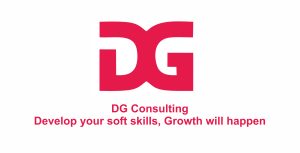Competency Mapping
Competency mapping is a process of identifying key competencies for a particular position in an organisation, and then using it for job-evaluation, recruitment, training and development, performance management, succession planning, etc. The competency framework serves as the bedrock for all HR applications. As a result of competency mapping, all the HR processes like talent induction, management development, appraisals and training yield much better results.
Large organizations frequently employ some form of competency mapping to understand how to most effectively utilize the competencies of strengths of workers. They may also use competency mapping to analyze the combination of strengths in different workers to produce the most effective teams and the highest quality work.
Competency mapping can also be done for contract or freelance workers, or for those seeking employment to emphasize the specific skills which would make them valuable to a potential employer.
The value of competency mapping and identifying emotional strengths is that many employers now purposefully screen employees to hire people with specific competencies. They may need to hire someone who can be an effective time leader or who has demonstrated great active listening skills. Alternately, they may need someone who enjoys taking initiative or someone who is very good at taking direction. When individuals must seek new jobs, knowing one’s competencies can give one a competitive edge in the job market.
Usually, a person will find themselves with strengths in about five to six areas. Sometimes an area where strengths are not present is worth developing. In other cases, competency mapping can indicate finding work that is suited to one’s strengths, or finding a department at one’s current work where one’s strengths or needs as a worker can be exercised.
Competency mapping can play a significant role in recruiting and retaining people as it gives a more accurate analysis of the job requirements, the candidate’s capability, of the difference between the two, and the development and training needs to bridge the gaps.
As far as meeting an individual’s career aspirations are concerned, once the organisation gives an employee the perspective of what is required from him to reach a particular position, it drives him to develop the competencies for the same. Competencies enable individuals to identify and articulate what they offer – regardless of the job they happen to have at the time – so that their organisation, current or future can see, value and utilise what capability is actually available.
